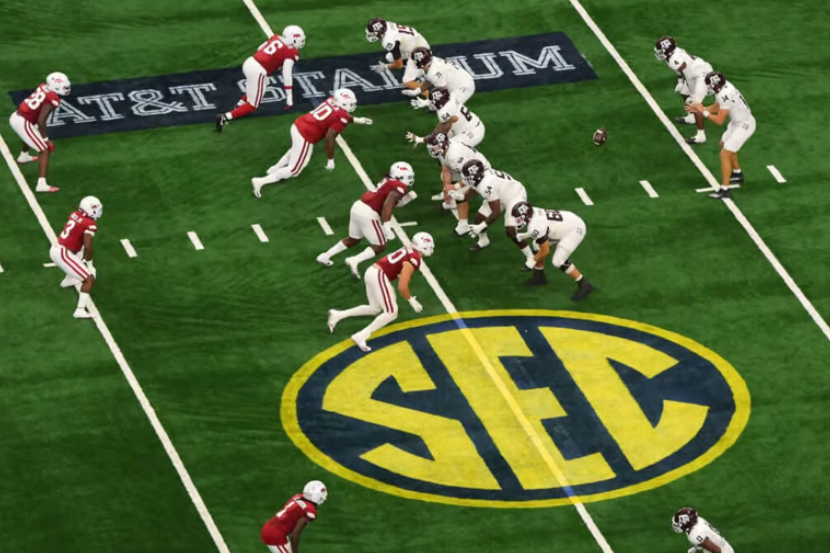
CFB Realignment’s Alternative Timeline: What If Arkansas Hadn’t Joined the SEC?
In the ever-evolving landscape of college football, conference realignments have dramatically shaped the sport’s history. One of the most significant moves occurred in 1990 when the University of Arkansas departed the Southwest Conference (SWC) for the Southeastern Conference (SEC). This decision not only altered the course of Arkansas’s football program but also had a ripple effect across the college football world. But what if Arkansas had stayed in the SWC? How would the landscape of college football have changed?
The SWC’s Survival
Had Arkansas remained in the SWC, the conference might have staved off its eventual collapse in 1996. Arkansas’s departure was a significant blow to the SWC’s stability and prestige. Retaining a prominent program like Arkansas could have bolstered the conference’s reputation and financial viability, potentially attracting other schools and lucrative television deals. The SWC, with its rich history and storied rivalries, might have continued to thrive or at least survived longer, keeping schools like Texas, Texas A&M, and Texas Tech within its fold for an extended period.
The SEC’s Expansion
Without Arkansas, the SEC’s expansion plans in the early 1990s would have looked drastically different. The SEC’s goal was to expand to 12 teams to create a championship game and boost its market reach. If Arkansas had declined the SEC’s invitation, the conference might have pursued other schools. Possible alternatives could have included Florida State, Miami, or even a more aggressive push towards Texas A&M earlier. The SEC’s composition would have been altered, potentially changing the dynamics of the conference in the 1990s and beyond.
Big 12 Formation and Texas A&M’s Future
The formation of the Big 12 Conference in 1996 was a direct result of the instability in the SWC and the Big Eight. If Arkansas had stayed in the SWC, the Big 12 might have looked different or not formed at all. Texas A&M, which joined the SEC in 2012, might have considered an earlier departure from the SWC to the SEC in the 1990s, seeking the stability and financial benefits that Arkansas found appealing. Alternatively, Texas A&M could have led a movement to strengthen the SWC or create a different super-conference with other schools.
Effects on Arkansas’s Program
Arkansas’s move to the SEC brought both challenges and opportunities. The Razorbacks faced a higher level of competition but also reaped significant financial rewards and exposure. Had they stayed in the SWC, Arkansas might have enjoyed more competitive success but missed out on the SEC’s lucrative television contracts and increased national visibility. Their recruiting landscape would have been different, potentially keeping more regional talent within the state.
Broader College Football Implications
The domino effect of Arkansas’s decision impacted various conferences and schools. If Arkansas had stayed put, the Big East might have remained a football powerhouse for longer, as Miami, Virginia Tech, and others wouldn’t have been as quick to depart. The Pac-10’s expansion, which brought in Colorado and Utah, might have been influenced by the different dynamics in the central and eastern U.S.
Furthermore, the cultural and regional identity of college football conferences would have been preserved differently. The traditional rivalries and matchups that fans cherish might have remained intact, providing a different flavor to the sport.
Conclusion
The decision by Arkansas to join the SEC was a pivotal moment in college football history. Had the Razorbacks opted to stay in the SWC, the landscape of college football would look very different today. The SWC might have survived longer, the SEC would have a different makeup, and the formation of the Big 12 and other conferences could have taken alternative paths. Arkansas’s football program would have experienced different challenges and successes, impacting recruiting, competition, and financial growth.
This alternative timeline underscores the significance of conference realignments and the profound impact they have on the sport. As college football continues to evolve, the ripple effects of each realignment decision will shape the future of the game in unpredictable and fascinating ways.

Leave a Reply